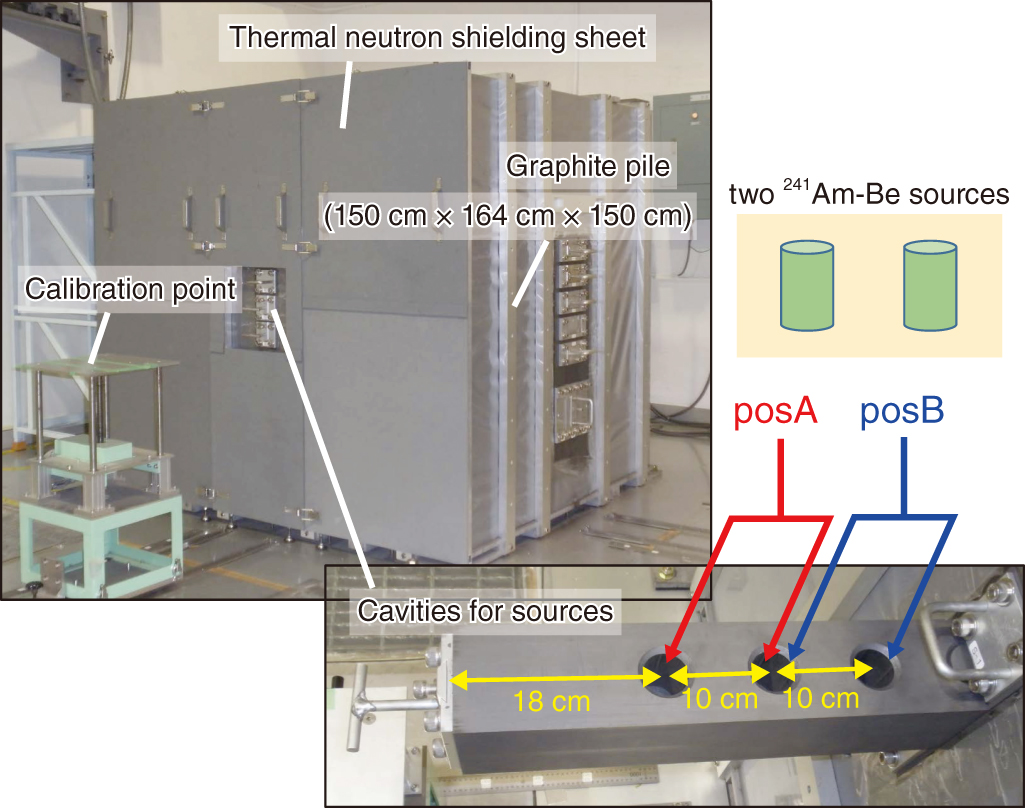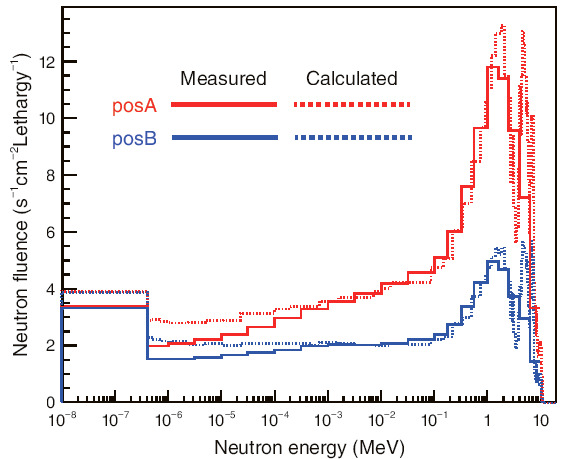
Fig.4-20 Overview of the graphite-moderated neutron calibration fields

Fig.4-21 Neutron energy distributions at the calibration point
In facilities such as nuclear reactors or accelerators where neutron radiation is frequently used, neutron survey meters and personal dosimeters are widely used for radiation protection for workers. Neutron dosimeters are generally calibrated in the field produced by 252Cf or 241Am-Be radioisotope (RI) neutron sources at regular intervals. However, neutron energy distributions produced from RI sources are localized around an energy range of a few MeV, and differ significantly from those observed in actual workplaces in most cases. Therefore, dosimeters often over- or underestimate neutron dose in the workplace because their response strongly depends on the energy distribution of the neutron field to be measured. To solve this problem, moderated neutron calibration fields that simulate the neutron energy distribution in actual workplaces by combining neutron sources and appropriate moderators are required. A more reliable evaluation of neutron dose in workplaces is possible using neutron dosimeters calibrated in fields whose neutron energy distribution is similar to that in workplaces.
At JAEA’s Facility of Radiation Standards (FRS), we have developed novel neutron calibration fields using a graphite moderator and 241Am-Be sources (Fig.4-20). The graphite pile is also used for the thermal-neutron calibration field in FRS. While a 252Cf source is installed in the cavity at the center of the pile for the thermal-neutron field, two 241Am-Be neutron sources are installed in cavities located at the shallower position inside the graphite pile for moderated neutron fields, so as to yield epi-thermal neutrons (1 eV to a few 100 keV) which are not yet thermalized. The neutron energy distribution is variable by changing the positions of two neutron sources (posA and posB, as in Fig.4-20). Furthermore, the thermal neutron-shielding sheet including gadolinium is put on the surface of the graphite pile to decrease the number of thermal neutrons at the calibration point.
The neutron energy distributions of the fields were evaluated by Monte-Carlo calculations and measurements using a neutron spectrometer, as shown in Fig.4-21. As seen at workplaces in nuclear reactors or fuel-reprocessing facilities, continuous-energy distributions were given over a wide energy range from thermal- neutron energy to several MeV. The fluence-averaged energies were given as 0.84 MeV for posA and 0.60 MeV for posB. The reference ambient-dose-equivalent rate H*(10) and personal-dose-equivalent rate Hp(10) were determined based on measurement of the neutron energy distribution. The given dose-equivalent rates, 20–50 μSv/h, were confirmed to be sufficient for calibration of neutron dosimeters.
Currently, new moderated neutron calibration fields are available for calibration of neutron dosimeters or performance testing of neutron-measuring instruments, as well as for external users in the framework of shared use of JAEA facilities.
<Previous: 4-9 | Next: 5 Applied Neutron and Synchrotron-Radiation Research and Development>